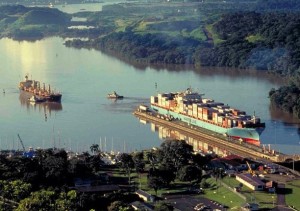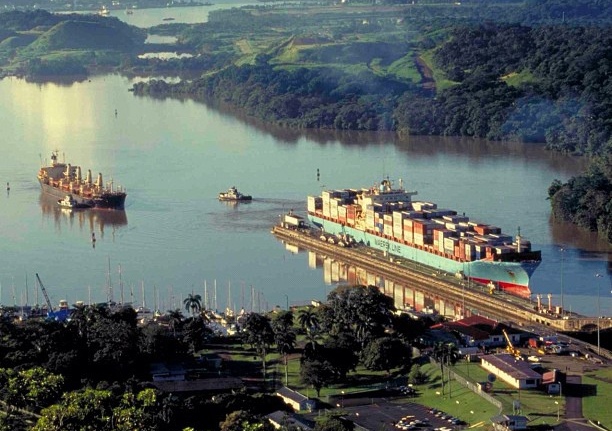 The Top 20 ocean carriers’ share of total global fleet has reached nearly 90%, but almost 40% of this total is controlled by the Top 3, and their share is expected to grow as their orderbooks continue to be very active, according to a new report by Drewry.
The Top 20 ocean carriers’ share of total global fleet has reached nearly 90%, but almost 40% of this total is controlled by the Top 3, and their share is expected to grow as their orderbooks continue to be very active, according to a new report by Drewry.
The report said the Top 20 carriers now control 87% of the world’s available container capacity with an aggregate fleet of about 17 million TEUs, having added a huge 10.2 million TEUs of ship capacity since 2005.
The increase has been largely driven by organic growth from new ship deliveries, with only minimal merger and acquisition (M&A) activity in the last 10 years.
However, Drewry analysis shows that the Top 3 carriers are providing most of the overall growth.
“Between 2005 and 2015 the compound annual growth rate (CAGR) of the top 3 carriers was 12.5%, significantly faster than the CAGR for the top 20 lines and the total fleet at 9.6% and 8.7%, respectively,” it said.
The end result is that the Top 3 carriers—Maersk Line, MSC, and CMA CGM—now have about 38% share, and the Top 5 control 48%.
“The concentration of power at the top isn’t at a critical point just yet, but shippers would have some justification for describing the market as an oligopoly if the top five carriers reached the point where they controlled say 90% of the global capacity,” said Drewry.
Maersk Line, leader of the pack and now controlling about 15.5% of the container ship fleet, has just placed a $1.8-billion order for 11 second-generation “Triple-E” container vessels of 19,630-TEU capacity.
These ships will be delivered between April 2017 and May 2018 and have already been earmarked for the Asia-Europe trade. The new order has swelled Maersk’s orderbook to some 400,000 TEUs, or about 13% of its current fleet.
While the concentration of power among the leading carriers is a seemingly unstoppable trend, Drewry noted that M&As have not been happening with more frequency as anticipated, other than the takeover over by Hapag-Lloyd of CSAV this year.
“It seemed that the medium-sized carriers were able to grow sufficiently to safeguard their existence and not be eaten up by the big carriers,” said Drewry.
The key, it added, is the role played by mega ships. “Yet, once again a number of the medium carriers are displaying their survival instincts by following the lead of the big carriers and ordering their own ultra large container vessels (ULCVs).”
In doing so, said Drewry, these carriers “make themselves a tougher catch for the big lines as the new assets will inflate their purchase prices and at the same time make it harder to keep any merged entity beneath acceptable competition thresholds.”
The purchase of ULCVs by mid-size carriers is therefore a defensive move, but at the same time it “guarantees years of overcapacity that will depress freight rates and profitability for all.”
As such, the maritime research company said it does not foresee any imminent large-scale carrier M&A, unless the rumored merger of APL and Orient Overseas Container Line becomes a reality.





